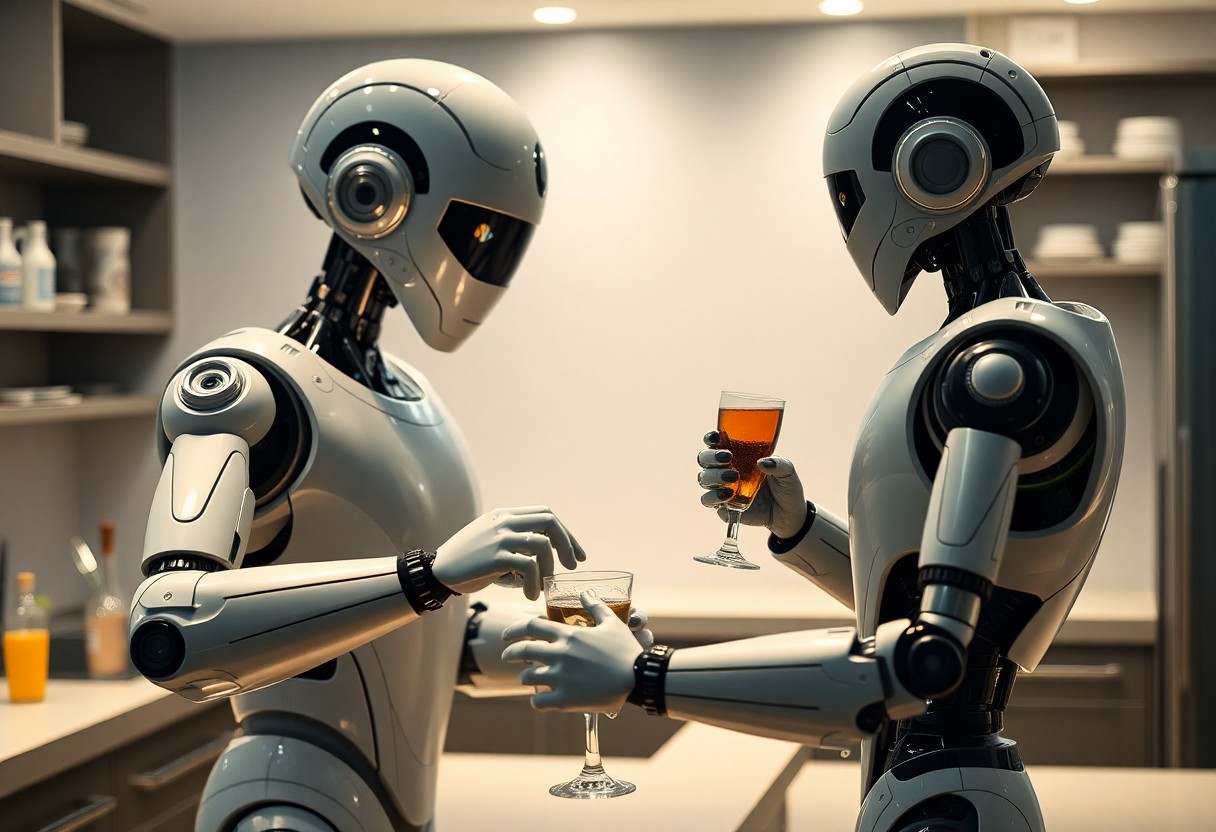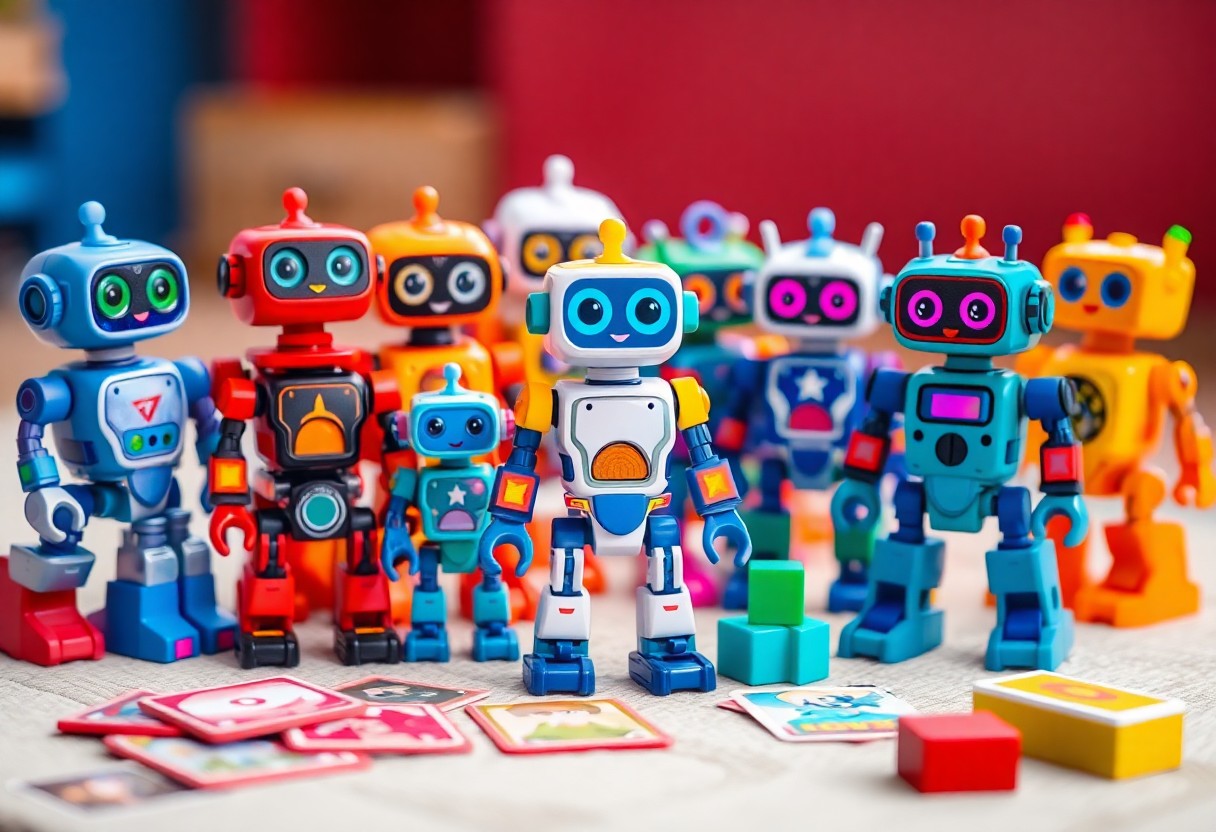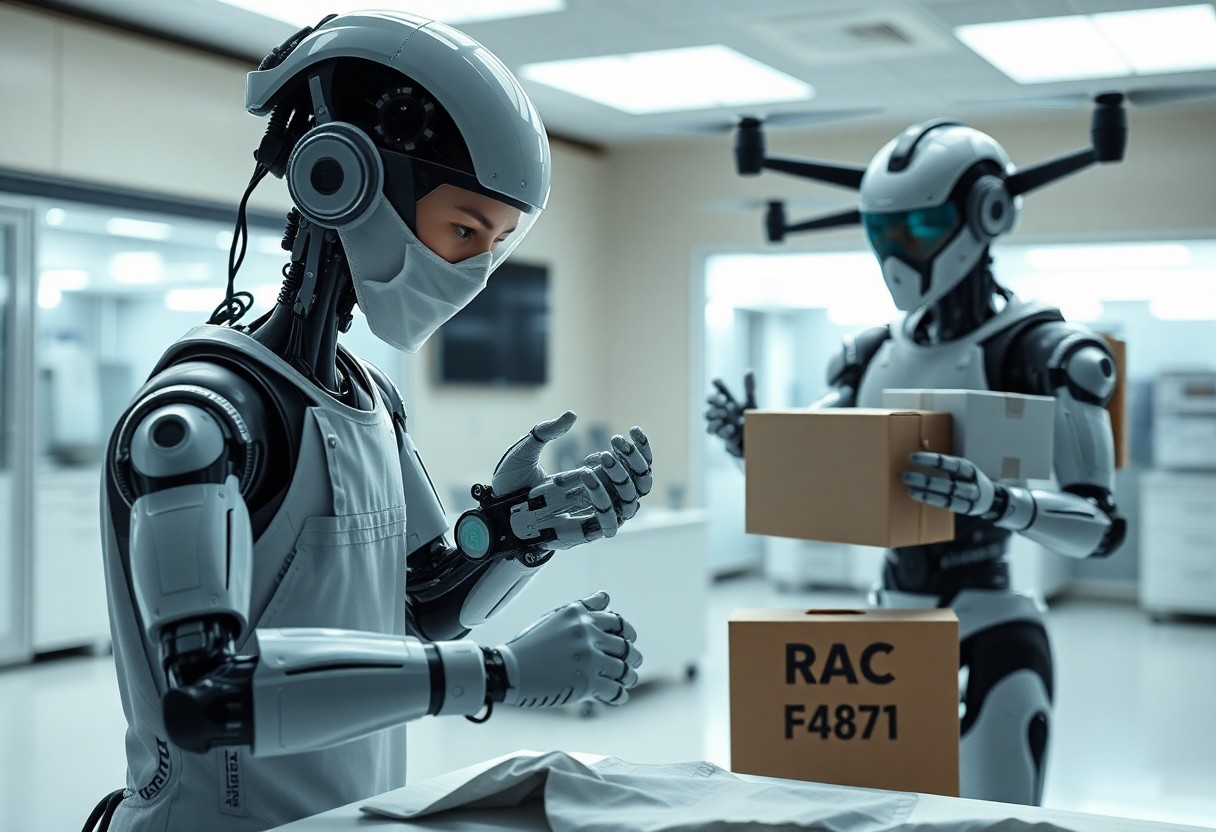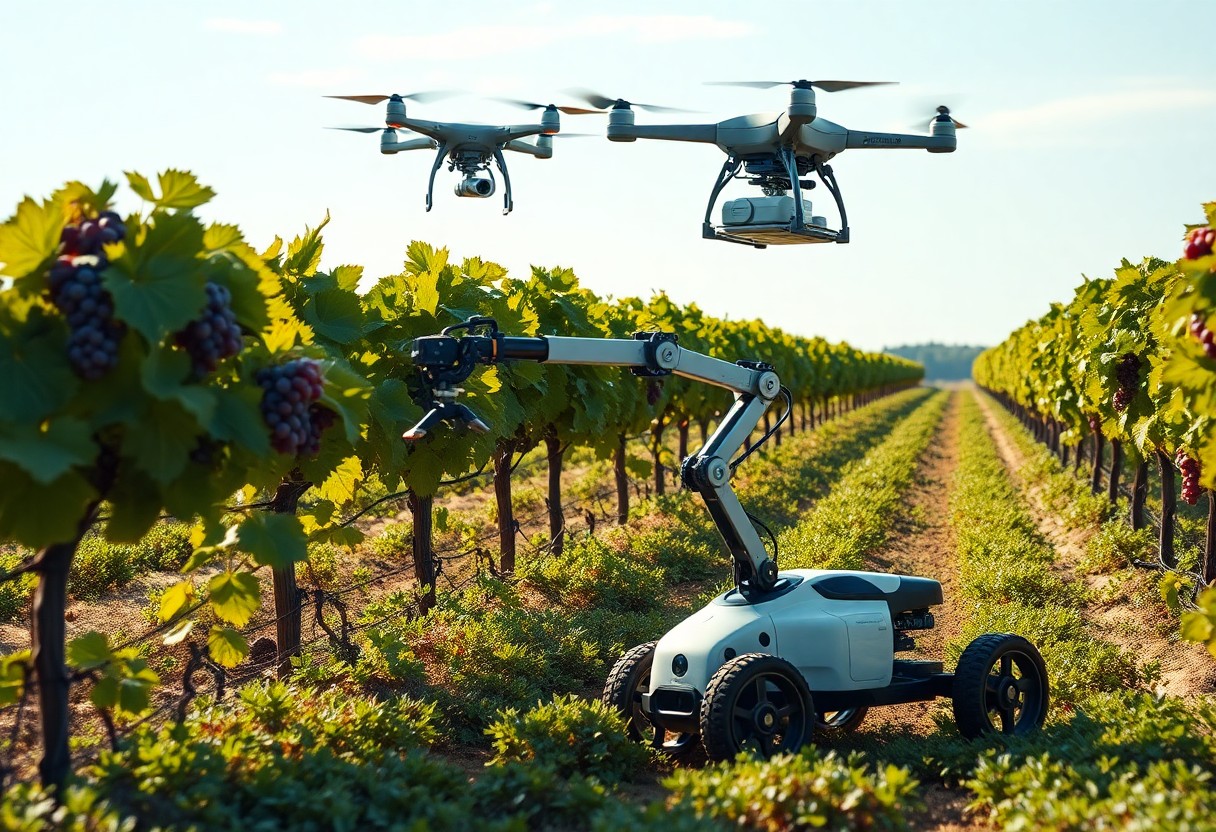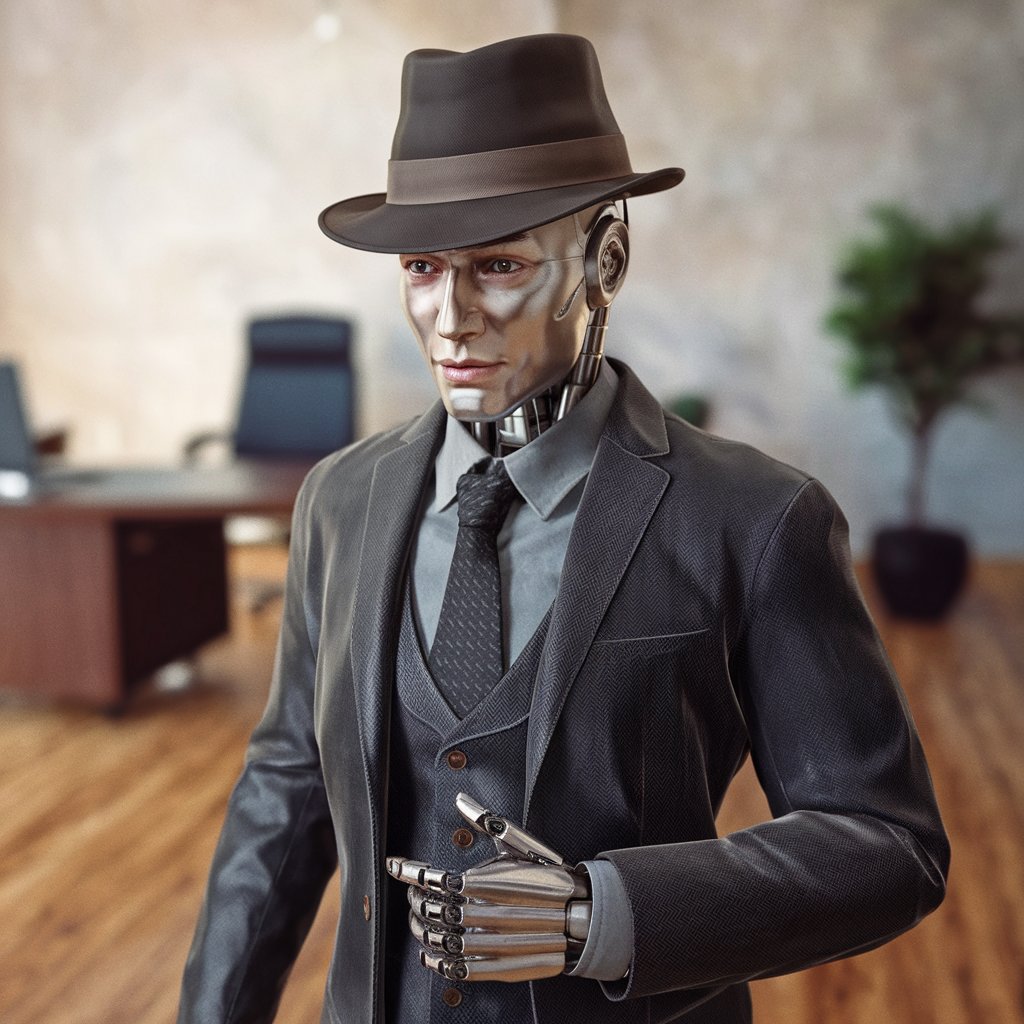Many people are captivated by the remarkable robots depicted in science fiction. You may wonder how these imaginative creations stack up against the robots that exist today. In this blog post, we will explore the fascinating advancements in robotics, distinguishing fact from fiction, and examining what current technology can actually achieve. Your understanding of robots will expand as we investigate into the innovative machines transforming industries and everyday life.
The Evolution of Robotics: From Fiction to Fact
You’ll find that the journey of robotics has been significantly shaped by science fiction. This genre has painted vivid images of autonomous machines that sparked imaginations and inspired inventors. From Isaac Asimov’s “I, Robot” to the droids in “Star Wars,” such narratives planted seeds of possibility and urged innovators to turn speculative visions into concrete technology, ultimately guiding research and development within the field.
Early Inspirations: Sci-Fi’s Role in Innovation
Your understanding of robotics is enriched by the early inspirations drawn from science fiction. As characters in novels and films operated complex machines, they inspired engineers to replicate these narratives in reality. Notable figures like George Devol and William Grey Walter cited science fiction as a catalyst that fueled their ambitions, motivating them to create robotic devices that mimic human behavior.
Milestones in Robotic Development
Key milestones in robotic development highlight vital breakthroughs that transitioned ideas from fiction to tangible innovation. The creation of the Unimate in the 1960s marked the first industrial robot, revolutionizing manufacturing. The 1996 introduction of Sony’s AIBO showcased consumer robotics, while advancements in AI and machine learning have propelled robots like Boston Dynamics’ Spot into new realms of functionality, enabling them to perform tasks once thought limited to human capability.
In the 21st century, robotics has progressed through pivotal moments like the establishment of autonomous drones, which have transformed industries like agriculture and logistics. The introduction of humanoid robots, such as Honda’s ASIMO and SoftBank’s Pepper, exemplifies the blend of mechanics and AI, allowing for interactive experiences with people. The continuous miniaturization of components and enhancements in computing power further pave the way for personal robots, illustrating that many concepts once imagined in fiction are now inherent to our daily lives.
Cutting-Edge Robotics Transforming Industries
Robotics is reshaping various sectors, driving efficiency and innovation. Industries are leveraging advanced robotic systems to streamline processes, enhance productivity, and reduce costs, paving the way for smarter operations and sustainable growth. You now witness robots performing tasks once thought to be purely human capabilities, redefining the future landscape of work.
Automation in Manufacturing: The Rise of Factories of the Future
In manufacturing, automation has reached unprecedented levels with the integration of robotics. Factories of the future utilize collaborative robots, or cobots, which work alongside human operators, enhancing precision and safety. These robots tackle repetitive tasks, allowing your workforce to focus on complex problem-solving and innovation, thus driving productivity significantly.
Healthcare Robotics: Life-Saving Innovations
Healthcare robotics has emerged as a game-changer, bringing forth innovations that enhance patient outcomes and operational efficiency. From surgical robots performing minimally invasive procedures to robotic exoskeletons assisting in rehabilitation, these technologies are transforming healthcare delivery. Robotics in this realm not only improve precision but also reduce recovery times, allowing you to explore new possibilities in patient care.
Healthcare robotics continues to advance rapidly, with notable examples like the da Vinci Surgical System allowing surgeons to perform intricate surgeries with enhanced dexterity. In rehabilitation, devices like the Ekso Bionics exoskeleton assist patients with mobility, promoting independence post-injury. Furthermore, robots like the Robear are developed to aid caregivers, lifting and transporting patients, which alleviates strain on healthcare staff. As these innovations proliferate, you can expect a future where robotics fundamentally enhances healthcare, making processes safer and more effective.
The Current State of Humanoid Robots: Glamour vs. Functionality
Humanoid robots have transitioned from science fiction fantasies to tangible realities, yet the divide between their glamorous portrayal and practical functionality remains stark. While prototypes like Boston Dynamics’ Atlas boast impressive agility and dexterity, real-world deployment often reveals limitations in versatility and human interaction. These robots may capture headlines with their human-like features, but practical applications frequently revolve around specific tasks rather than the fluid capabilities seen in films.
Real-World Applications of Humanoid Robots
In various sectors, humanoid robots serve vital roles, particularly in healthcare and customer service. For instance, robots like SoftBank’s Pepper assist in retail environments, greeting customers and providing information. Meanwhile, healthcare facilities have embraced robots such as Robear, which aids in lifting patients, showcasing the potential of humanoid robots to enhance human lives by performing assistance tasks that improve daily operations.
Limitations and Challenges Facing Humanoid Development
Despite their advancements, humanoid robots face several challenges, including high production costs, limited mobility, and difficulties in human interaction. Achieving seamless fluidity in movement and natural communication remains a significant hurdle, as developers grapple with the complexities of human psychology and adaptability. These robots often struggle with balance and navigation in dynamic environments, limiting their effectiveness in real-world scenarios.
The challenges in developing humanoid robots extend beyond hardware. For example, current artificial intelligence capabilities can fall short in interpreting human emotions or responding appropriately in unpredictable social contexts. The mechanical structures are often heavy, reducing mobility and increasing wear on components, which drives up maintenance costs. Additionally, ethical concerns regarding labor displacement and the potential misuse of humanoid robots complicate their broader acceptance. These factors create an intricate landscape for innovators striving to bring humanoid robots into mainstream use effectively.
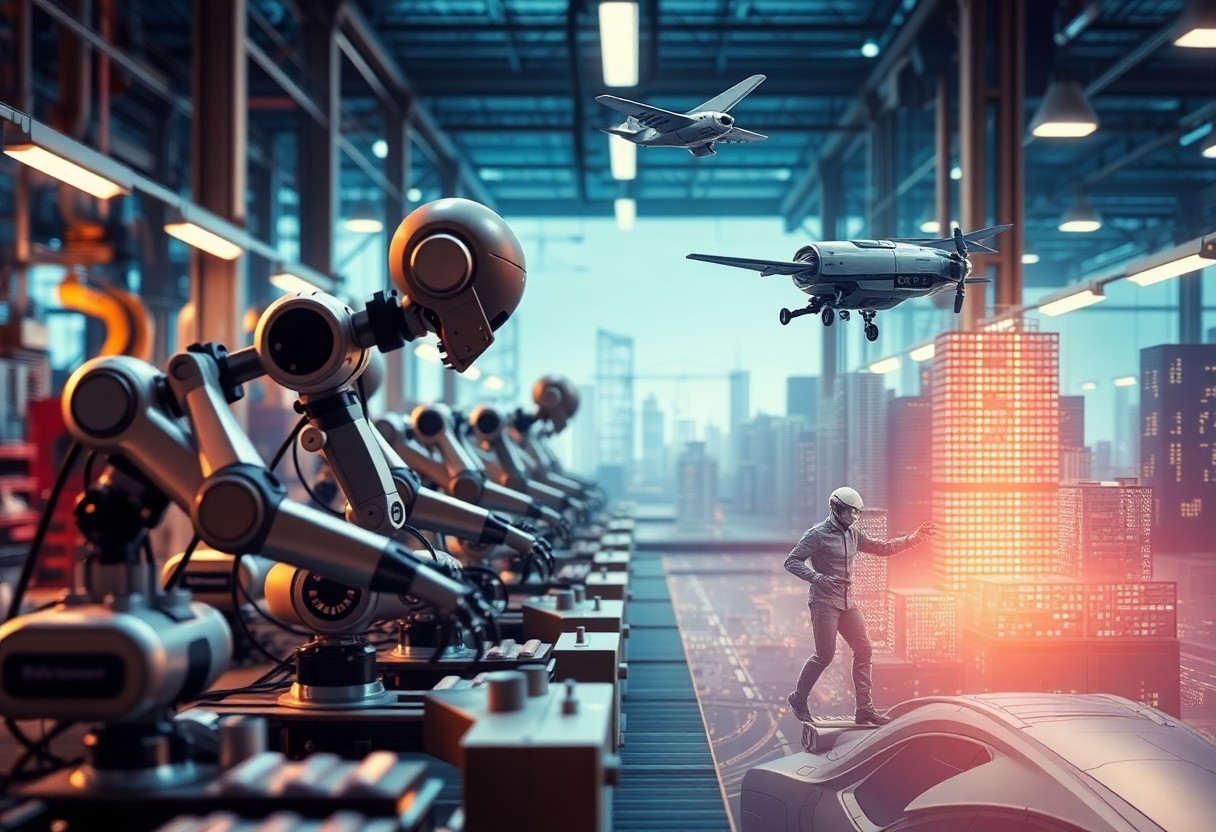
The Ethics and Implications of Advanced Robotics
As robotic technology advances, ethical concerns intensify, particularly regarding decision-making autonomy and accountability. These factors challenge existing norms and require you to consider the societal impact of integrating robots into everyday life. You must navigate moral dilemmas that arise from this technology, from privacy issues to human rights implications.
- Impact on Employment
- Accountability in Autonomous Decisions
- Privacy and Data Security
- Influence on Social Interaction
- Accessibility and Inequality
Job Displacement vs. Job Creation: A Complex Trade-off
The rise of robotics sparks a debate between job displacement and job creation. While automation may lead to the loss of certain positions, it simultaneously opens up new roles in technology and robot maintenance. As you adapt to these shifts, skills in programming and technical fields will be increasingly valued, suggesting a future where retraining becomes crucial.
The Moral Considerations of AI Integration
Integrating AI into society presents various moral dilemmas, from algorithmic bias to the potential for surveillance. These issues compel you to consider who is responsible for the actions of AI systems. Enhanced scrutiny over ethical guidelines for AI use is crucial to mitigate risks and ensure equitable access across demographics.
Moral considerations extend deeply into AI integration, challenging existing frameworks for accountability and ethics. For instance, autonomous vehicles must navigate complex moral landscapes, such as deciding how to react in unavoidable accident scenarios. Frameworks like the Trolley Problem illustrate these dilemmas, forcing you to confront how code translates into real-world consequences. Furthermore, addressing biases in AI systems becomes integral to promoting justice and fairness, particularly as these technologies increasingly influence decision-making in fields such as hiring and law enforcement.
The Future Is Now: Emerging Technologies on the Horizon
The rapid advancements in technology signal a new era where the line between science fiction and reality continues to blur. Emerging technologies, particularly in robotics and artificial intelligence, are set to redefine what machines can achieve. Innovations like AI-integrated drones, autonomous vehicles, and smart robotics offer glimpses into a future that was once only imagined, showcasing capabilities that could transform daily life and reshape industries significantly.
Advances in AI-Driven Robotics
AI-driven robotics are making strides that enhance their functionality and adaptability in real-world applications. With machine learning algorithms at the forefront, these machines can learn from their environments, improving over time. For example, robots used in warehouses can optimize inventory management by predicting stock needs through pattern recognition, leading to increased efficiency and reduced costs.
Speculative Innovations That Could Bridge Sci-Fi and Reality
Speculative innovations suggest possibilities such as fully autonomous personal assistants and humanoid robots that can emulate human emotions. Concepts like brain-computer interfaces could enable seamless communication between humans and machines, allowing for direct control and interaction that echoes the capabilities of sci-fi narratives. Such technologies are currently in experimental stages, yet they spark imagination about the future of human-robot collaboration.
The concept of brain-computer interfaces (BCIs) exemplifies how speculative innovations might bridge the gap between science fiction and reality. Imagine controlling a robot with your thoughts, opening up unparalleled possibilities in accessibility for individuals with disabilities or enhancing cognitive functions. Current experimental BCIs have demonstrated basic interactions with external devices, paving the way for more advanced systems that could enable intuitive control of robotic companions. As ongoing research pushes boundaries, sci-fi might soon find a place in everyday experiences, uniting human intelligence with robotic capabilities in unprecedented ways.
Conclusion
Hence, understanding the distinction between science fiction and reality when it comes to robots enhances your appreciation of current technological advancements. While many robots showcased in films remain imaginative, numerous real-world counterparts are making significant impacts in various fields, from healthcare to manufacturing. By staying informed about these developments, you can better anticipate how these technologies might shape your future and improve daily life.

